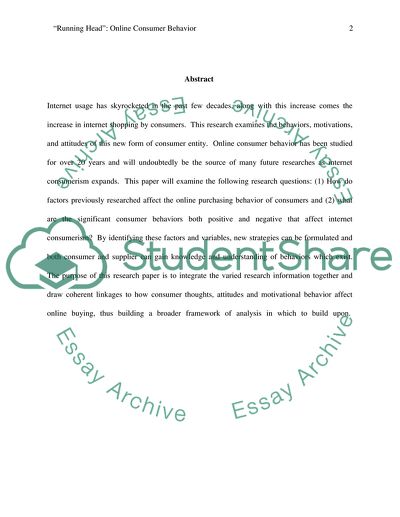Cite this document
(Behaviors of Internet Shopping Research Paper Example | Topics and Well Written Essays - 3250 words, n.d.)
Behaviors of Internet Shopping Research Paper Example | Topics and Well Written Essays - 3250 words. Retrieved from https://studentshare.org/marketing/1744585-researching-behaviors-of-internet-shopping
Behaviors of Internet Shopping Research Paper Example | Topics and Well Written Essays - 3250 words. Retrieved from https://studentshare.org/marketing/1744585-researching-behaviors-of-internet-shopping
(Behaviors of Internet Shopping Research Paper Example | Topics and Well Written Essays - 3250 Words)
Behaviors of Internet Shopping Research Paper Example | Topics and Well Written Essays - 3250 Words. https://studentshare.org/marketing/1744585-researching-behaviors-of-internet-shopping.
Behaviors of Internet Shopping Research Paper Example | Topics and Well Written Essays - 3250 Words. https://studentshare.org/marketing/1744585-researching-behaviors-of-internet-shopping.
“Behaviors of Internet Shopping Research Paper Example | Topics and Well Written Essays - 3250 Words”, n.d. https://studentshare.org/marketing/1744585-researching-behaviors-of-internet-shopping.


